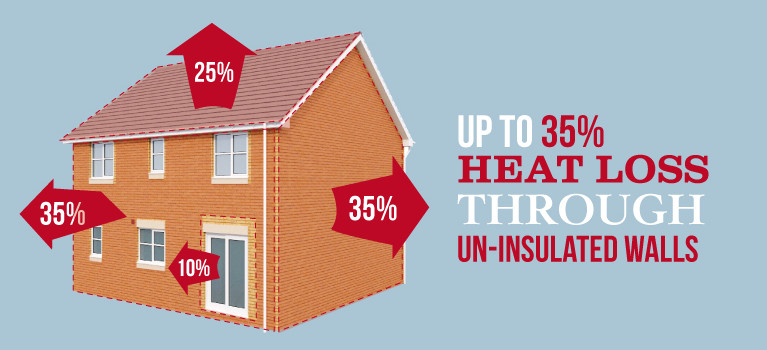
Where am I losing heat in my home?
We must get asked this question about 100 times a day!
It is obviously fundamental to everything we do here at TheGreenAge; if we can show our customers how to slow down the rate at which heat leaves their homes then we can help save them money.
In this blog, we are going to take a look at some of the basic principles behind this – what should you do to stop the heat loss in the home? And in what order? What provides the best cost benefit?
All is revealed below, but we haven’t gone in to too much detail. Click on the hyperlinks to take you to different parts of the website, where you can learn much more about the particular item/s you have an interest in. Enjoy – and as always let us know what you think in the comments below!
The Thermal Envelope
Give or take, about 25% of the heat produced by your boiler will escape through the roof of your home.
About 35% of the heat will escape through the walls and through gaps, in and around windows and doors, and about 10% of heat will disappear through the floor. Collectively the roof, walls (+ windows and doors) and the floor are known as the thermal envelope.
If you can slow this movement of heat from inside the house, through the thermal envelope, to the external environment, you can dramatically reduce your energy bills. In modern houses, building regulations stipulate that homes have to be built to do just that – but how exactly do you go about retrofitting these solutions into older homes?
Stop heat leaving through the roof

You will need to decide if you want a warm loft or a cool loft, and what exactly you want to do with the loft space (for example do you want to store boxes up there or be able to walk around?)
In addition you need to decide the insulating product you want to use – mineral wool, sheep wool, rigid insulating board or even newspaper. There are lots of options for you to consider, but we love these recycled rolls from EarthWool.
Stop heat leaving through the walls
Walls tend to come in two forms – solid walls and cavity walls.
As a rule of thumb, properties built prior to 1930 will have solid walls and anything built after will have cavity walls.
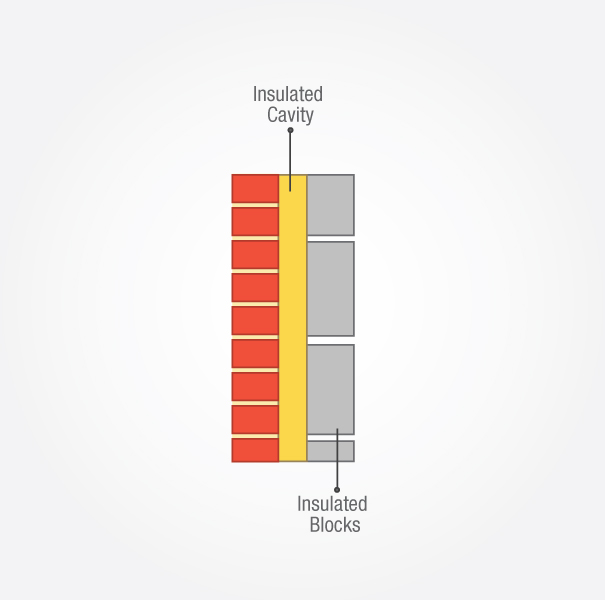
Cavity walls are incredibly easy to insulate; the walls are simply injected with insulating material, which slows the movement of heat across it. This is cheap and well worth doing, again with a relatively quick payback – however a professional will need to install this for you.
If you have solid walls, things are more complicated – there is no cavity that can be filled, so the walls need to be insulated either externally or internally. This is costly to do, and externally it involves cladding (so you will lose the feel of the brick). Meanwhile if you opt for insulation internally, you will lose some floor space. There is a grant available to help cover some of the costs of getting solid walls insulated – it is called ECO.
Insulating your walls is well worth doing since it accounts for the biggest source of heat loss – click on the hyperlinks within the sections above to learn more about the processes involved.
Windows – important, but not as influential as you may think!
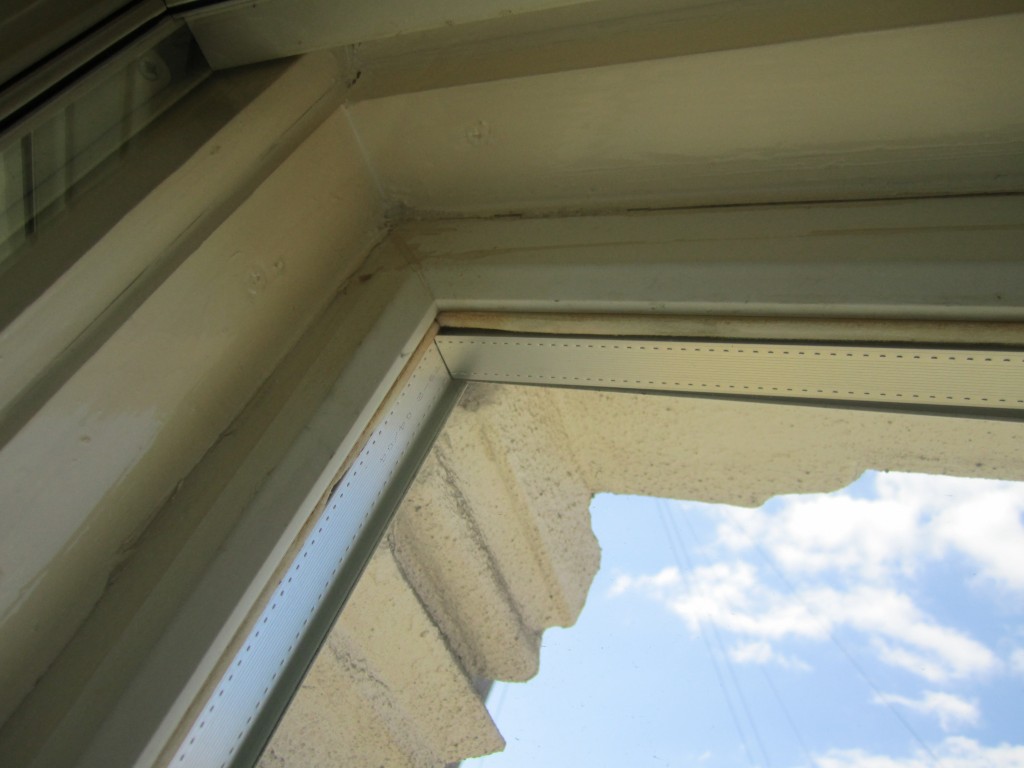 We get lots of calls about windows, people want to replace them with double glazing to help stop heat loss and keep the home warmer.
We get lots of calls about windows, people want to replace them with double glazing to help stop heat loss and keep the home warmer.
There are two issues to consider here – firstly think of the area of glazing in your home compared to the area of actual wall. Normally there is substantially more wall area than glazing, so always target the walls first. Secondly, double glazing is expensive – to replace a wooden sash window with a wooden double glazed unit may cost you £1200 PER WINDOW!
So what is the energy saving from changing one single glazed window to double-glazed?
Perhaps £5 – £10 per year
That is not to say it is not worth doing, double-glazing will improve the comfort of the home by stopping heat loss, cold draughts and improve soundproofing. However, from a cost perspective you may want to consider other measures first. Secondary glazing is a simple and easy alternative; companies like Ecoease make bespoke secondary glazing at a fraction of the price of traditional double glazing – you can find them here.
Draught proofing – cheap, cheerful and quick payback
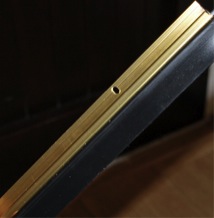 Draught proofing is often overlooked, but think about an open chimney in your home. Cold air will rush in and the expensive warm air that your radiators have created can simply rise up and out of the chimney. If you draught proof the home effectively this can be prevented.
Draught proofing is often overlooked, but think about an open chimney in your home. Cold air will rush in and the expensive warm air that your radiators have created can simply rise up and out of the chimney. If you draught proof the home effectively this can be prevented.
Draught proofing can be installed around doors, windows, loft hatches, floorboards – in fact in all sorts of places, so click on the links to find out more about your specific problem areas in your home.
How to stop heat leaving through the floor
Standing on a cold, draughty floor is miserable, but you can do something about it! Insulating floors will stop heat escaping but if you are looking something a little bit more, you can install underfloor heating in conjunction with a traditional boiler, or better still a heat pump. This will allow you to heat the home and do away with radiators forever! Insulating floors is a relatively simple process and like walls, there are two main types – solid floors and suspended timber. Find out how to insulate them by clicking here!
Quick mention of U-values
When exploring energy efficiency in the home – you may encounter the term U-value. It is not one to be scared off, it actually simply refers to heat loss.
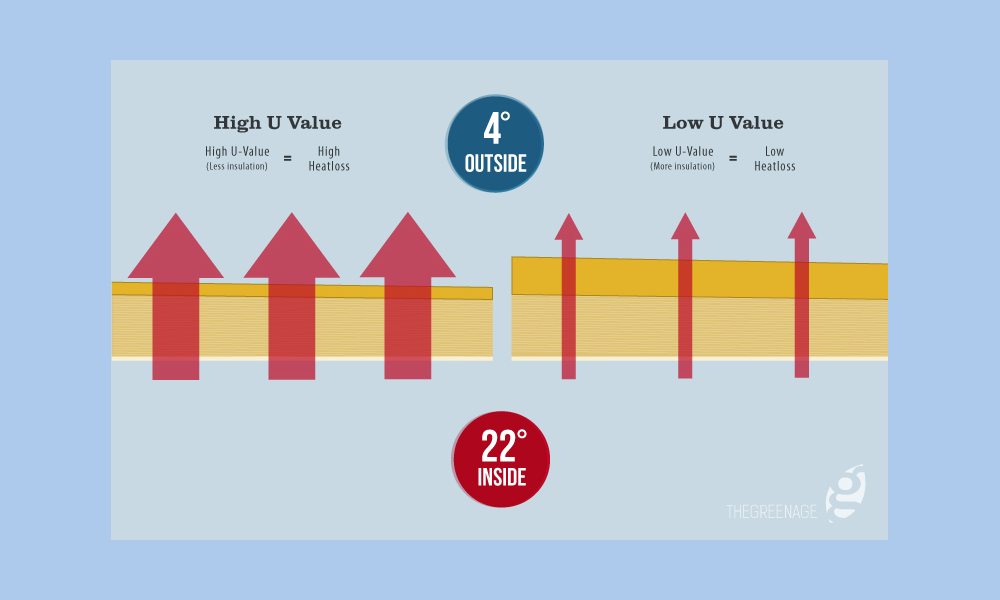
The lower the U-value the better, so an unfilled cavity wall might have a U-value of 2.0 W/m2k, while filling the cavity might take the u-value down to 0.2 W/m2k.
You’ve done all that – what next?
So now you have insulated the home, less heat is going to escape – or at least the rate at which it escapes into the external environment will have slowed.
Now it is time to consider the heating system. The more efficient the heating system, the less it will cost to run your house.
When to upgrade your heating system
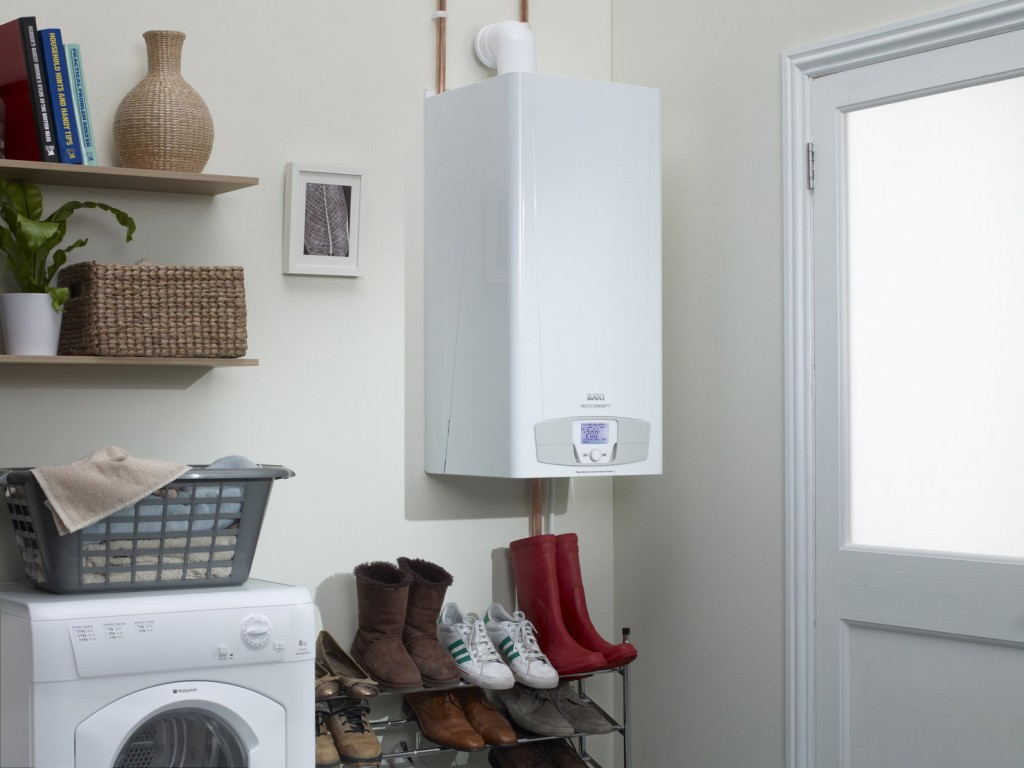 Most people in the UK have a mains gas boiler – but just how efficient is it? A new energy efficient condensing boiler should be 90% + efficient. This means it will convert 1 unit of gas into 0.9 units of useful heat. A boiler 10 years old or more might be just 65% efficient – so depending on your energy usage it may be worth installing a new one.
Most people in the UK have a mains gas boiler – but just how efficient is it? A new energy efficient condensing boiler should be 90% + efficient. This means it will convert 1 unit of gas into 0.9 units of useful heat. A boiler 10 years old or more might be just 65% efficient – so depending on your energy usage it may be worth installing a new one.
Other more efficient heating solutions include air and ground source heat pumps, and with these you will soon be able to benefit from the generous Renewable Heat Incentive scheme (RHI), which will provide you with a payment for every unit of hot water you produce.
You might like to consider Biomass boilers, these run on sustainable biomass pellets, so are ‘carbon neutral’. Installing a biomass boiler will also allow you to take advantage of the RHI.
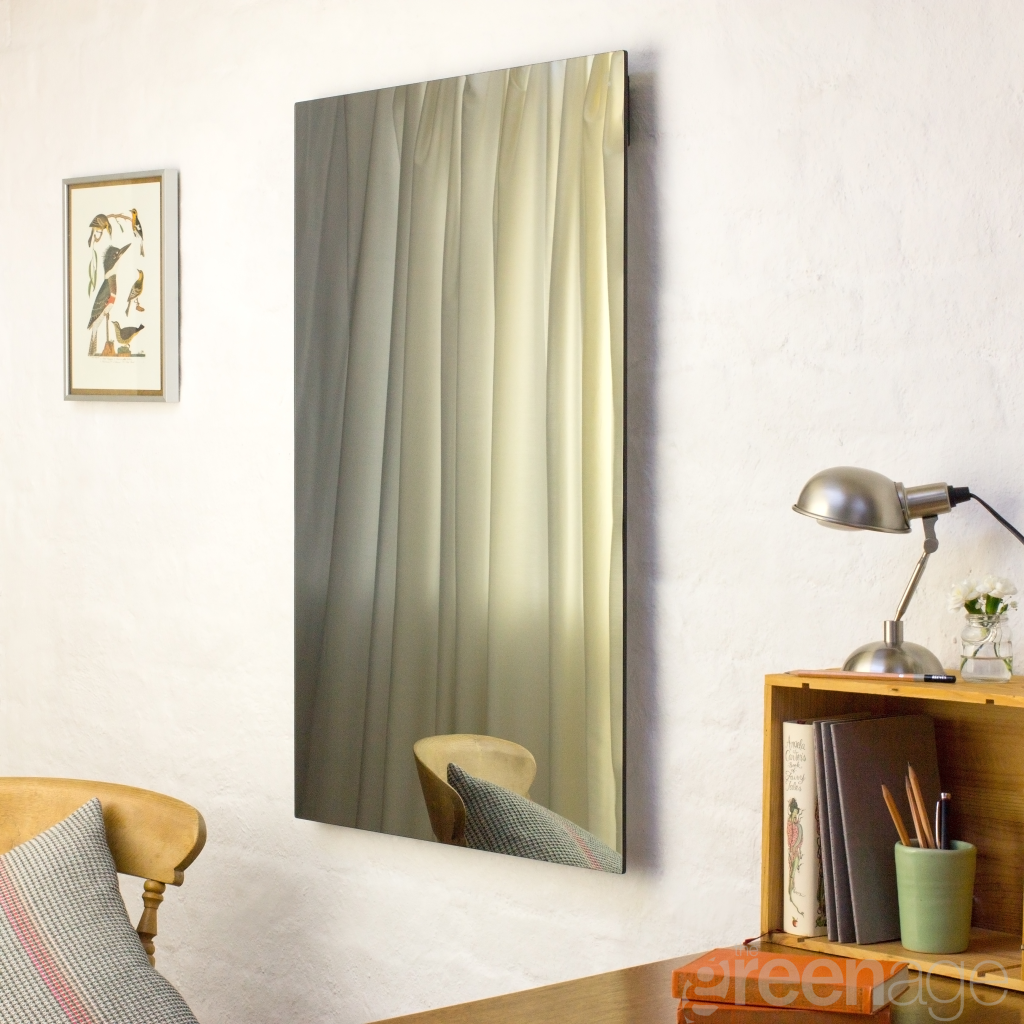 Infrared heating panels are another great way to heat your home. These panels emit infrared (like the sun – don’t confuse with harmful UV!) to heat spaces.
Infrared heating panels are another great way to heat your home. These panels emit infrared (like the sun – don’t confuse with harmful UV!) to heat spaces.
These are more efficient that traditional convection heating systems (radiators) since they don’t use air as the medium for heat transfer. Instead the infrared will travel until it hits a solid body and then warm that directly. The panels warm up quicker and as soon as they are up to temperature you feel the warmth, compare that to a radiator and how un-reactive that is!
If you only have access to electricity (no mains gas), these infrared panels are definitely worth considering.
The importance of heating controls

The reason for this is that you will use the same amount of gas – but the heat won’t be able to escape. Ideally the heating system turns off automatically when the temperature reaches a certain point – normally about 200c. This means that the boiler (or whatever heating system you have in place) will turn off and you won’t be continue burning gas unnecessarily.
<<< Read More About The Most Efficient Way to Use Central Heating >>>
Finally – producing your own energy
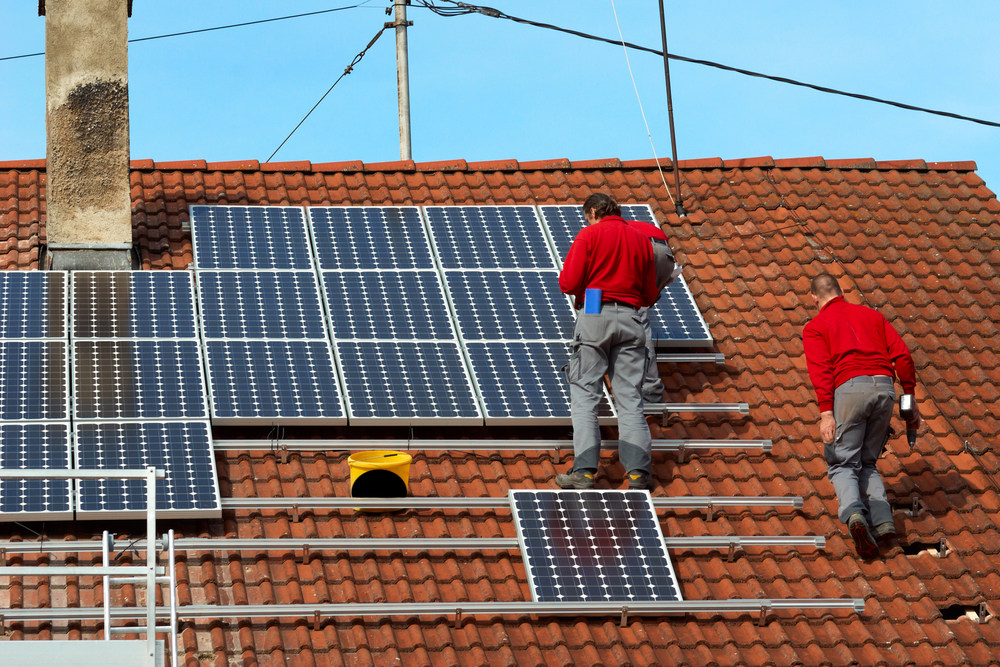 Everyone likes the idea of being energy self-sufficient. Having solar panels, wind turbines or hydro electric that provide you with all your electricity means you can wave goodbye to the energy companies. In practise this is very hard due to the limitations of energy storage. However these technologies will help you reduce your reliance on the grid. Electricity is expensive; it has gone up 10% each year for the last 8 years. Any way of lessening your demand on grid electricity can only be beneficial to insulate yourself from future price increases.
Everyone likes the idea of being energy self-sufficient. Having solar panels, wind turbines or hydro electric that provide you with all your electricity means you can wave goodbye to the energy companies. In practise this is very hard due to the limitations of energy storage. However these technologies will help you reduce your reliance on the grid. Electricity is expensive; it has gone up 10% each year for the last 8 years. Any way of lessening your demand on grid electricity can only be beneficial to insulate yourself from future price increases.
So there you have it – our whistle-stop tour of how to limit the amount of heat leaving your home, become more energy efficient, save money on bills and do your bit for the environment. Seems a bit of a no-brainer to us!












Thanks for sharing such useful information with us. We find that every consumer interested in energy efficiency asks these types of questions, therefore answering them with a simple approach laid out by you guys will put them at ease.
Ok
Extremely informative and practical article on making existing homes more energy efficient. I will share this on our Fairbuild Homes Facebook page. Keep up the excellent work!
Great blog ,many useful tips I will be following up many of them in the near future.
Found this increadibly helpful, as well as interesting. Really useful for people like myself who have just moved into a new place. Efficient learnig!!!
Great blog. Just moved into a new house and it was freezing, despite the fact that my heating was on full blast. Read this blog, have made a few amendments to the gaff and it’s like a sauna now. Never knew you lost so much heat through your roof! Cheers Green Age
Really helpful article and interested especially in insulating walls- think our best option is cladding which also looks like the most expensive. Contacted a company and there was some discussion about getting it done before April. Can I ask why if we want cladding installed it has to be done by end of March? Trying to push company to get it done but they seem to be stalling a little…..not to sure if we should keep the pressure on or if we can relax about it!? Thank TheGreenAge!
Hi Lizzie, This is mainly because of the ECO grant, the whole grant system is currently under review by the energy companies, so contracts with the suppliers (the guys fitting the insulation) are coming to an end and then will be re-thrashed out around that time. Hence they will want to get as much of the work done by this time as possible and for you, you will benefit because the grants will be more generous now than in the future! I would push them like crazy to get it all installed!
Thanks for that- I will contact he firm tomorrow to get our insulation date booked!
Very useful tips I need to follow your advice on wall insulation .many thanks Robert
Hello Greenage, thanks for this, i was wondering wether there are any grants to help me replace my storage heaters in my home. My husband and i live in a block of flats with no gas, and the heaters are almost as old as i am so sure there is a more efficient way to heat the house.
Hi deidre,
There is now a grant in the form of the Green Deal Home Improvement Fund that should help cover some of the costs – although the maximum payment here is £1000. If the cost of the installation in your case is larger than the £1000 on offer, then you can cover the rest with Green Deal finance, to help minimise any upfront costs on your behalf.
This is a very useful article!
This breaks down all the basics very nicely – good job!
The public can be bewildered into inertia by all the energy saving and energy generating options out there. Informative blogs like this deserve a wide audience.
Thanks very much David – your comments are much appreciated!
Hi,
I have a house where previous to my ownership a few windows were filled in but the builders did not replace the cavity wall insulation (polysyrene ball). I know this as I have used an endoscope to look into the cavity.
I cant find any company who can survey and repair this type of insulation. Its crazy as there must be a lot of houses from the 80 to 2000s who have cavity wall insulation that need to repaired.
Any suggestions welcome.
Simon
Hi Simon, if it is only partial repair then it is unlikely companies are going to offer this. We work with South West Insulation and extraction to remove and reinsulate (properly!) cavity walls, but they will normally only do complete extraction prior to re-insulating.
Was just wondering if I would be eligible for a grant for my heating system broke on Christmas Day iAm getting a heating system put in today
Hi Sharon, yes – there are grants to help, but they cannot be claimed retrospectively – so if you are getting your new heating system installed today then you unfortunately won’t qualify. Sorry!
I have a solid wall house how do i insulate the whole of the house
Hi Sam, when you can’t inject the cavity (i.e. for a solid wall house) you have two options – firstly you can insulate the walls internally by adding insulation to the inside surface of the walls. The other and more effective way of insulating a solid wall property is to add 100mm of insulation to the outside surface of the wall.
hi House gets cold and my cavity walls of insulated, however it seems that the insulation was left in a plastic wrapping when it was installed. Is this normal? And if not is it still possible to get cavity wall insulation?
Hi Stuart, some insulation does live in plastic wrapping once it is installed (not the packing that it arrives in!) – it just depends on the make of insulation installed so without this information we wouldn’t be able to tell you.
i cant help but notice that the percentages at the top do not add up to 100,please tell me why
Hi Scott, thanks for your comment. In fact the infographic was never designed to add up, but merely demonstrate graphically where the heat was being lost with associated percentages. Due to design constraints, the representation of draught proofing losses and losses from floors were not represented.
Hi, my 2nd story is freezing in winter and hot in summer also part of the main floor is this way. I have all new windows and the attic has been reinsulated. Why am I having trouble heating my home please help
Hi Eric. Often it simply comes down to the walls of the property being poorly insulated. Imagine a cube as your house. You have insulated the top face of the cube (the attic) but the 4 sides are where the majority of heat loss will occur. These are the areas you really need to concentrate on just because the area of heat loss is so much larger.
The issue with this of course is that insulating walls (espicially if they are not cavity walls) can be very very expensive.
I have recently moved into a house built in the 1960s and it doesn’t have cavity wall insulation. I applied for free cavity wall insulation and the engineer carried out an assessment and said I didn’t meet the criteria as there was debris in parts of the cavity. He said the only option was to get a builder to remove some of the bricks and clean the cavities. Are there any other options other than going to all this expense, is it worth asking another company for a second opinion? Many thanks.
Hi Sue- yes, we would definitely recommend getting a second opinion!
Interesting! I think our house is around 20+ years old – so just before all the new regulations came in that keeps new houses so toasty warm.
I’m told it was a kit? Wooden frame on the inside and breeze blog outside with a layer of rough cast. Only storage heaters up here in the highlands, no gas,
The walls are cold to the touch and the house is cold all Winter.
I’ve been told because of the construction I can’t insulate the walls?
What’s the truth?
Thanks for this very informative article!
I landed here in search of a solution for my heat-loss problem:
I have a duplex apartment at the ground-floor of a shared house. The living-room and kitchen are located on the ground floor (with a garden at the back), but the two bedrooms are located underground, and with large windowed-doors allowing access to the garden via external stairs.
In the bedrooms it is always cold (and especially during winter), and I’m searching for ways to reduce the massive heat-loss. Given that the windows take 70-80% of the exterior walls of the bedrooms, what options do I have for heat-loss reduction?
I cannot reduce the size of the windows and replace them with walls, because: 1) they will no longer be able to be used as doors; 2) it will get really dark inside the bedrooms.
Also note that to the left and right of the bedrooms there are other adjacent houses, so there are the bedrooms of the neighbours, since we are living on a street with row-houses.
what is the total percentage of energy lost overall from a building?
yes omg works so much so happy thankds xxxx
If I click the link to insulating floors I get the article on insulating solid walls!
If i have a installed cavity room inside 18C out side 5C .how many degrees i lost in an hour?
I am not sure if this blog is still monitored. Does anyone have any experience with Wallrock Thermal Liner KV600? Is it worth the effort and cost to install on external facing walls if cavity insulation is not an option. Million dollar question – by how much could this liner reduce heat loss? For example; If uninsulated walls heat loss is 35%, does installing the liner reduce heat loss to 30%, 25% or 20%?
Not so sure that one of your calculation is correct… 1 sqm of single glass have a transmittance of 5 w./k. That mean if inside you have 20 and outside its 4 your total dispersion is 5 x (20-4)x24h = 2kwh per day. Or 1 cubic m of Lpg each 4 day during thee winter season.That, if it last 160 days mean 40 cubic meter, I don’t know the price in Uk but in europe its around 1 pound.So, its around 40 pounds a year each sqm. Average windows is what ? 1.5 sqm ? so its 60 pound a year./ windows . Roi will be around 20 year.